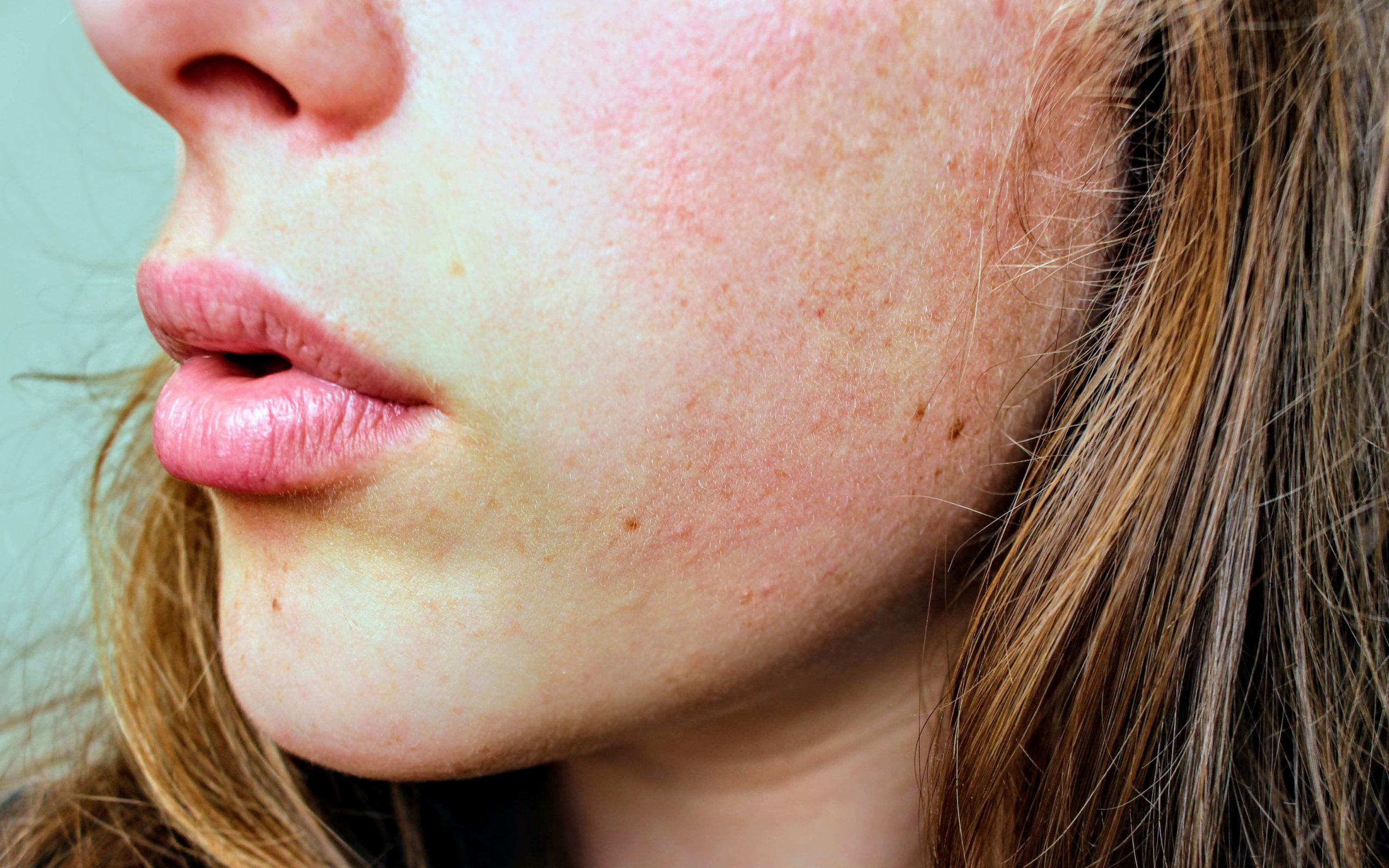Many people use the terms “dry” and “dehydrated” interchangeably when it comes to their skin, but they are actually two different conditions with distinct underlying causes.
Dry skin lacks oil, while dehydrated skin lacks water. It is important to understand the difference between the two in order to properly treat your skin.
In this article, we will discuss the signs and symptoms of dry vs. dehydrated skin, the underlying causes of each, and the most effective ways to prevent and treat them.
Dry Skin
Dry skin is a common skin type that affects many people. It occurs when the skin is not producing enough oil to keep it moisturized. This can happen for a variety of reasons, including genetics, aging, weather, and lifestyle factors.
People with dry skin often experience flakiness, itching, and tightness. Dry skin can also lead to the development of fine lines and wrinkles.
The best way to treat dry skin is to use moisturizing products that contain emollients, humectants, and occlusives. Emollients, such as shea butter and jojoba oil, help to smooth and soften the skin.
Humectants, such as glycerin and hyaluronic acid, attract moisture to the skin. Occlusives, such as petrolatum and mineral oil, create a barrier on the skin to prevent water loss.
Dehydrated Skin
Dehydrated skin, on the other hand, is a condition that occurs when the skin is lacking in water. It can happen to anyone, regardless of their skin type.
Dehydration can be caused by a variety of factors, including weather, diet, and lifestyle choices. People with dehydrated skin often experience tightness, dullness, and an overall lack of radiance.
The best way to treat dehydrated skin is to use products that contain humectants, which help to draw moisture into the skin. Hyaluronic acid is a popular humectant that can hold up to 1000 times its weight in water. Other humectants include glycerin, urea, and aloe vera.
Differences Between Dry and Dehydrated Skin
While dry and dehydrated skin may seem similar, they are actually two different conditions with different underlying causes. Dry skin is a skin type that lacks oil, while dehydrated skin is a skin condition that lacks water.
Dry skin is a chronic condition that requires ongoing care, while dehydrated skin is often a temporary condition that can be easily remedied.
To determine whether your skin is dry or dehydrated, there are several signs and symptoms to look for. Dry skin often appears flaky, rough, and scaly. It can also be itchy and irritated.
Dehydrated skin, on the other hand, often appears dull and lackluster. It may also be tight and uncomfortable.
Prevention and Treatment of Dry Skin
The best way to prevent and treat dry skin is to maintain a healthy skincare routine that includes moisturizing products. When selecting skincare products for dry skin, look for those that contain emollients, humectants, and occlusive.
It is also important to avoid harsh soaps and hot water, as they can further strip the skin of its natural oils.
In addition to using the right skincare products, there are also lifestyle changes that can help to prevent dry skin. These include drinking plenty of water, eating a healthy diet that is rich in healthy fats, and avoiding smoking and excessive alcohol consumption.
For severe cases of dry skin, medical treatments such as prescription creams and ointments may be necessary.
Prevention and Treatment of Dehydrated Skin
The best way to prevent and treat dehydrated skin is to maintain a healthy skincare routine that includes products that contain humectants. As previously mentioned, humectants like hyaluronic acid, glycerin, urea, and aloe vera help to draw moisture into the skin.
In addition to humectants, it is also important to drink plenty of water to keep the body hydrated from the inside out. Avoiding excessive alcohol consumption and consuming a diet rich in water-rich fruits and vegetables can also help prevent dehydration.
If your skin is already dehydrated, you may need to take more drastic measures to restore moisture. This can include using hydrating masks, serums, and facial mists that contain humectants.
Additionally, incorporating facial oil into your routine can help to lock in moisture and prevent further water loss. In severe cases of dehydration, it may be necessary to seek medical treatment.
FAQs
1. Can my skin be both dry and dehydrated?
Yes, it is possible for your skin to be both dry and dehydrated. This is because dry skin lacks oil, while dehydrated skin lacks water. It is important to address both issues in order to achieve healthy, hydrated skin.
2. Can I use the same products for dry and dehydrated skin?
While some products may be beneficial for both dry and dehydrated skin, it is important to choose products that target the specific issue you are experiencing. For dry skin, look for products that contain emollients, humectants, and occlusives. For dehydrated skin, look for products that contain humectants.
3. How often should I moisturize my skin?
It is important to moisturize your skin at least once a day, preferably after showering or bathing when the skin is still damp. If you have dry or dehydrated skin, you may need to moisturize more frequently.
4. Can diet affect my skin’s hydration levels?
Yes, diet can play a role in the hydration levels of your skin. Consuming a diet rich in water-rich fruits and vegetables can help to keep your body hydrated from the inside out.



